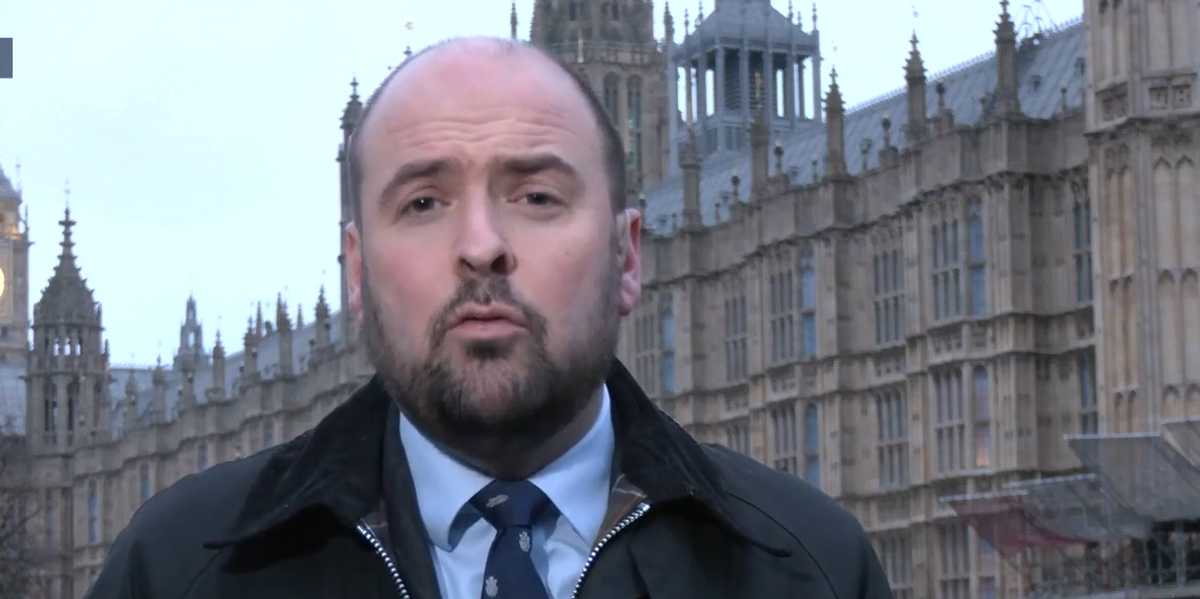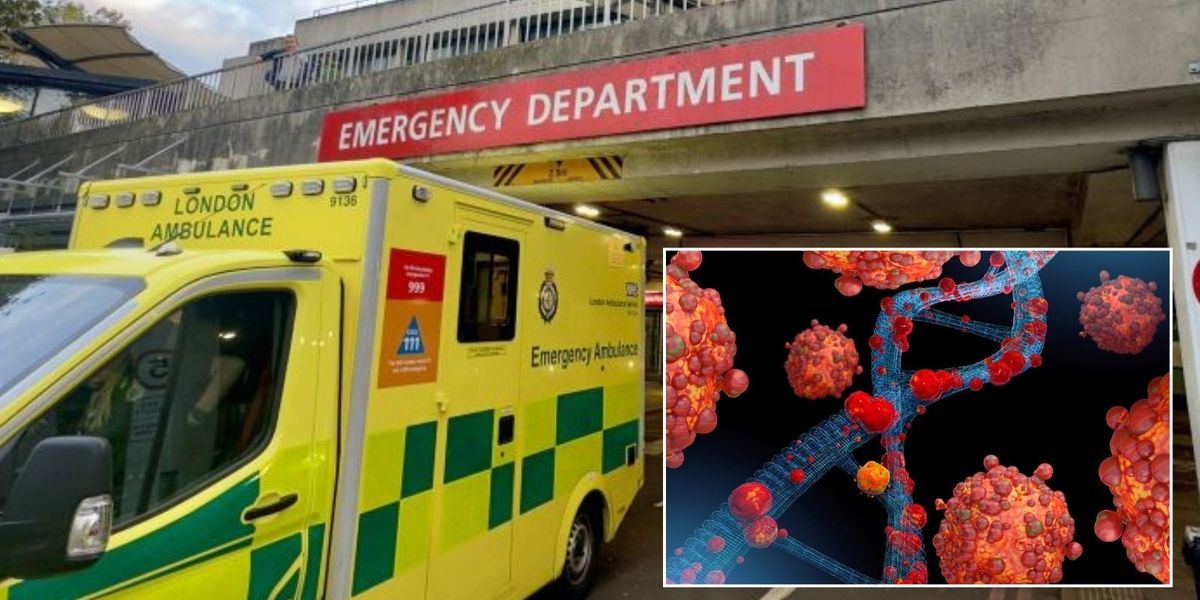Critics of Donald Trump may sigh with irony as he takes the presidential pledge to uphold the Constitution of the United States of America – and hope that he holds back on pledges to tear into the foundation document of modern America in the hours after taking office. In Ukraine, no one’s holding their breath.
In Ukraine’s capital they know that the 47th president of the US is no particular friend. They also believe he’s potty about Vladimir Putin, and that may be to their advantage when Trump comes around to renewing military support for a nation fighting off the Kremlin.
Officials here are philosophical and diplomatic, even when speaking privately, about the incoming president. They’re keen to make a new relationship work, but also know that if there’s one legacy Trump won’t want attached to his name is that he was a patsy for the Russian president.
Trump’s first term in office was dogged by allegations and investigations into Russian interference, in his favour, during the 2016 election. He went to extraordinary lengths to shut Americans out of his own meetings with Putin, kept details of the encounters secret, and frequently sided with Russia against his own intelligence and security agencies.
After he revealed highly sensitive intelligence relating to Isis terror plots, to the Russian ambassador in Washington, Trump was considered a “liability” by the spy agencies of at least two US allies, intelligence sources said. That view of him has not faded among intelligence agencies who would normally share their most sensitive secrets with the US.
Trump pledged to end the Ukraine war in 24 hours during his election campaign. His officials have rolled that back to at least six months. His team has been vague on how an end to the war could be delivered, but Trump could cripple Ukraine’s defence by cutting military aid to Kyiv.
He’s indicated that Putin may be persuaded to end a campaign that’s already cost vast numbers of lives, by being allowed to hold on to the eastern territories his forces have already captured in Ukraine. Trump’s team has also suggested that Ukraine’s ambitions to join Nato could be shelved in an effort to appease Putin.

None of these terms are acceptable to Volodymyr Zelensky, the Ukrainian president, nor to his public. Many Ukrainians do say they’d trade the occupied east for peace – but don’t believe doing so would actually bring it.
Trump could drive Zelensky to talks by refusing to help his country fight. But the costs to the US president would be huge.
The US has spent more than $100 billion (£82bn) in aid to Ukraine. Around $60 billion of that has been on military material – and most of that spending has been in the US. Old stocks of ammunition have been sent to Ukraine while new stockpiles are being built.
This is old-fashioned visible blue collar arms manufacturing. The kind of industry that Trump says he wants to bring back inside America’s borders. Like steel forging and vehicle building, arms manufacturing generates tens of thousands of jobs for the sort of voters who came out for Trump in states like Pennsylvania.
Cutting spending on Ukraine will mean cutting jobs in America – and, come the mid-term congressional elections, Trump-supporting Republican candidates could pay the price for Trump arm-locking Zelensky.
Then there’s Putin.
If Trump is thinking about forcing Ukraine into talks, rather than arm a Western democracy with the means to both defend itself and destroy the invading forces, he must, surely, be considering how that would look?
Over the last few years Putin and his senior officials have signalled that they believe Nato members states in the Baltics are really Russian provinces, that Nato member Poland is “temporarily occupied” and that Moldova risks being somehow annexed or absorbed. These are all American allies, friends of the US.
Trump must know that he’d not look like a peacemaker if he helps Putin freeze the Ukraine conflict, giving time for the Russians to re-arm, retrain, and return to the fight.
If the new US president doesn’t see this and appears to side with Putin, there will be only one conclusion to be drawn.













